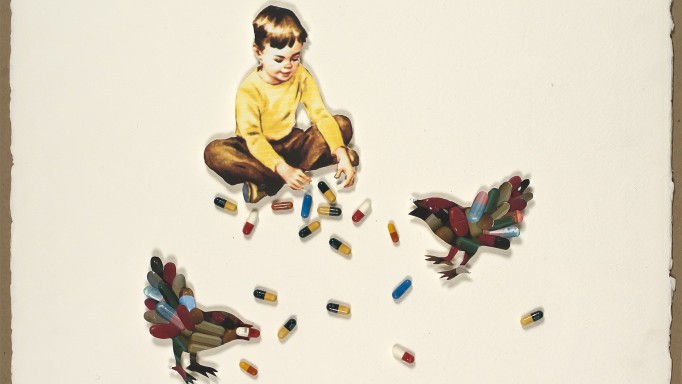Write a Comment
18 Comments
We found a strong patient preference for intermittent treatment in the FOTO study, and it’s quite possible there are others who would actually do better on this schedule than they now do on daily uninterrupted medication. The cost issue, of course, is not trivial. Assuming an annual Atripla price of $20,000, a FOTO strategy saves about $5,500 per year. For every 100 patients who did FOTO, that would translate into a cost savings of $550,000 annually. For every 200 patients, over $1M.
Who funded the SMART study? Lord knows the soulless vampire U.S. health industrial complex has people like us in its grip for life. Why would they want to take a break from profiting? Our health concerns are secondary.
As a Case Manager I have seen what can happen when one goes off ones meds. Unfortunately, not everyone does well. The ones that don't do well concern me. How can you tell who will be alright and those who won't? It's easy for someone who is doing the testing and isn't affected by this to say go off your treatment. If you're doing well, why take a chance that you will be ok off meds? Not everyone can go back on the same treatment. Is it worth taking a chance?
This is a great dream for patients in poor countries who depend on sponsors for free drugs. But will there not be rise of different drug resistance? that may lead to the change from firstline to send line drug? nevertheless it will be a great thing. Keep us informed. God bless you all.
Despite pre-existing carotid intimal thickening and bone disease, people in the LOTTI study fared quite well--even though many had detectable viral loads during their off-treatment periods. Those on continuous treatment, by contrast, had more heart problems!! So why does Dr. Sadr CONTINUE to ignore evidence that brings her conclusion--as blanket generalization--into question? Despite all evidence to the contrary, HIV disease continues to be approached as if it took the same course in everyone.
I see, down at the Cape Town AIDS conference, that Dr. El Sadr is still holding forth on the purported “lethal inflammatory effects†of HIV, as illuminated with such clarity by SMART. She gives some token concession to the possibility that drugs may indeed exert some toxic effects, but HIV (according to the well publicized narrative) ALONE is responsible for heart disease, and bone disease. So “treat, treat, treatâ€--and treat the company shareholders to a great big bonus!
I have mixed feelings about the interruption therapy. It is needing to be tested I agree because of the toxic effects of some of the ARV drugs over way the benefits they give us. If it is found that we can handle the interruption therapy we should most certainly try it fo a time anyway.










jeff
I went on "forced" drug holiday due to major abdominal surgery in 2005 (for 6 weeks) CD4 count prior to surgery was 250 with undetectable viral load. At end of six weeks and prior to going back on drugs, viral load still undetectable and CD4 count was 275. Explain that! HIV+ since 1983.
September 2, 2009 • Ft. Lauderdale